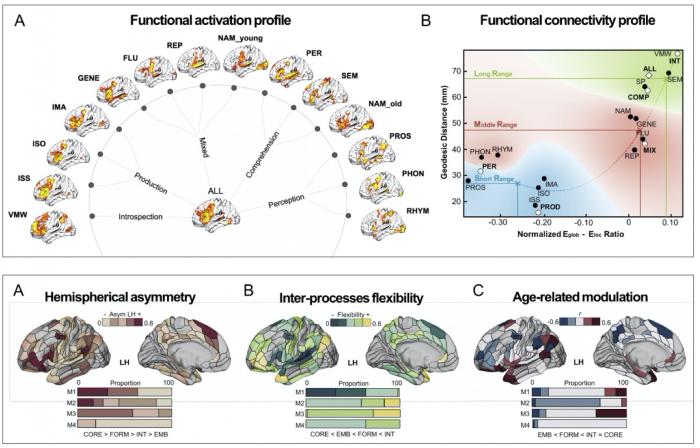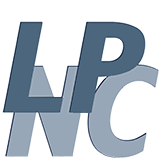- Share
- Share on Facebook
- Share on Twitter
- Share on LinkedIn
- Share url
Multitask integration and neurolinguistic networks. Towards a language connectome.
The field of language neurocognition is currently undergoing a change of perspective. Traditional linguistic models such as 'Broca-Wernicke-Geschwind' are giving way to more integrative models that take into account sets of brain regions organised into cortical and subcortical networks, and their connections. These complex networks are based on topological properties reflecting a specific architecture and functional and hodological specialisation, which in particular reflect the connectivity between cerebral areas and specialised sub-networks. This provides an integrative and connectomic dimension. Indeed, although it is important to identify the brain regions belonging to cognitive networks such as the language network, it is equally important to identify the anatomo-functional interactions and the dynamics of brain activation. To explore and understand 'specialisation and integration' aspects and their relationship with cognition - in this case language - it is currently important to look at more integrative analyses of multimodal datasets and to assess various brain parameters, such as macroscopic cortical activity, functional and anatomical connectivity. In this context, the aim of our proposed project - InLang - is to lay the foundations of such an integrative language network by focusing initially on functional neuroimaging (fMRI) data acquired with specific language tasks. In concrete terms, our aim is to identify the language sub-networks specific to phonology, semantics, syntax and prosody during language production and comprehension within the same anatomical reference space provided by a standardised atlas. A graph-theoretic approach will be used for this purpose.
Permanent·es : Monica Baciu, Julien Diard, Hélène Lœvenbruck, Marcela Perrone-Bertolotti

Collaborations
Financement
IDEX CDP NeuroCoG
- Share
- Share on Facebook
- Share on Twitter
- Share on LinkedIn
- Share url
